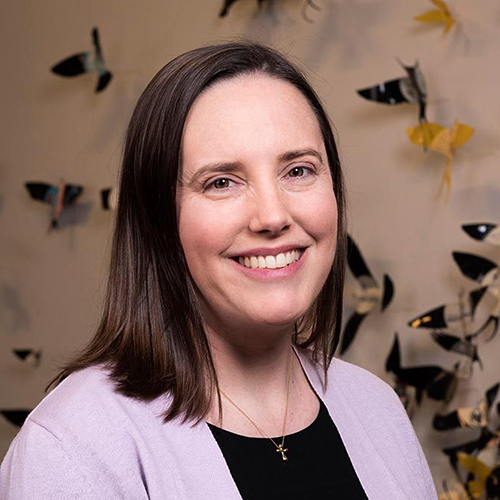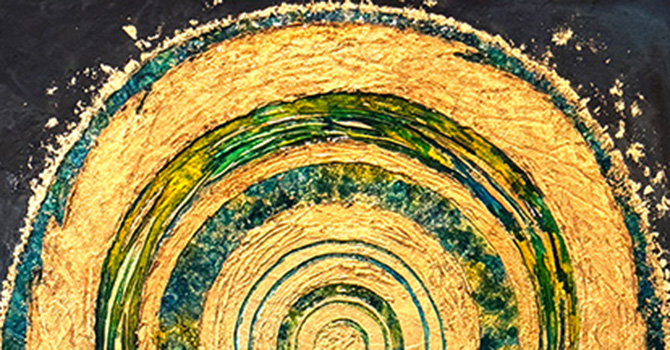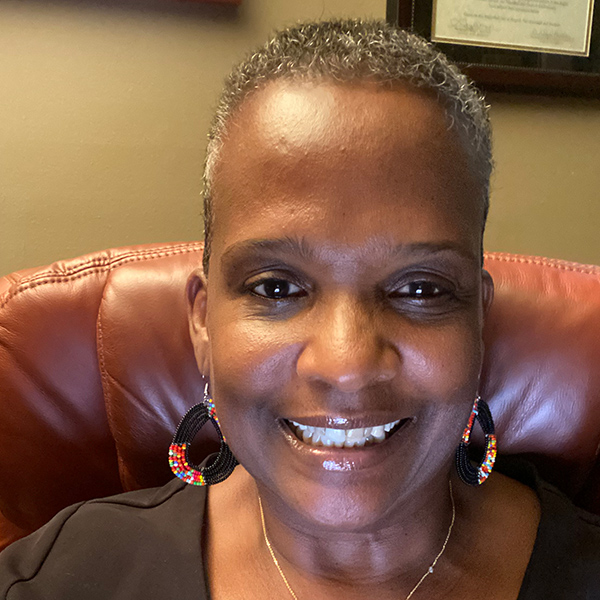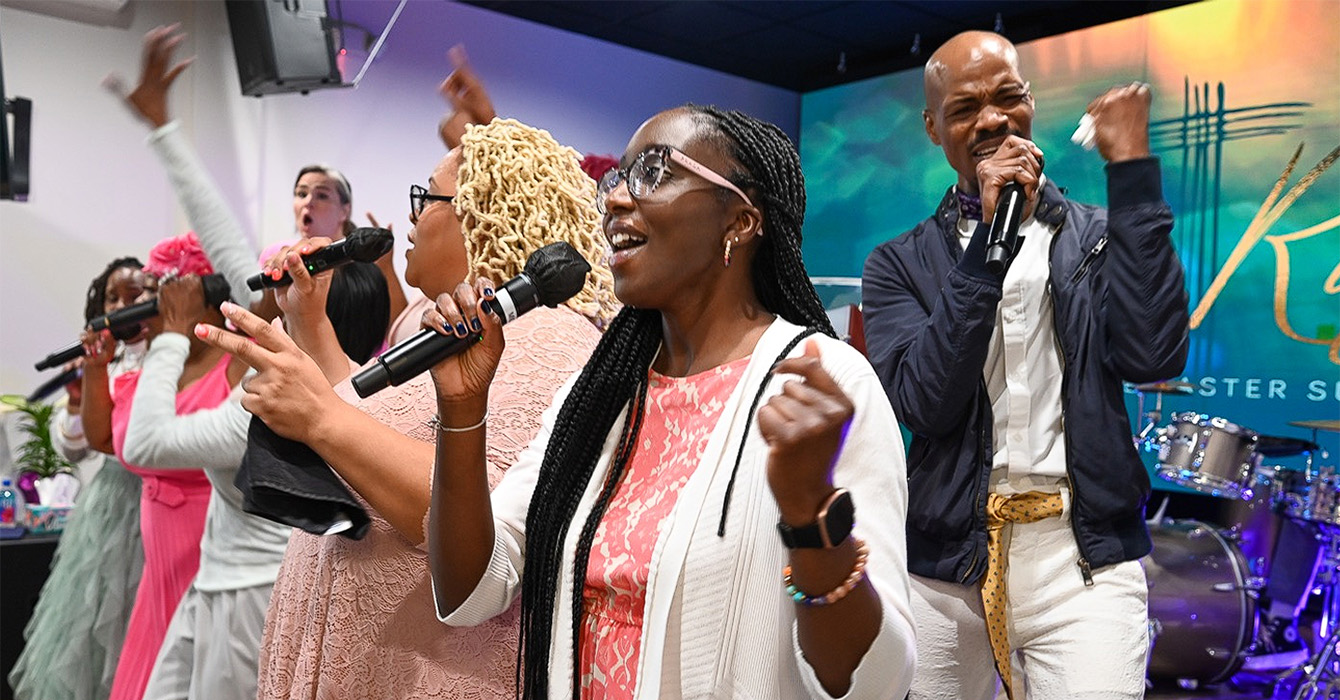We have always shared our neighborhood with squirrels. But over the past few months, the squirrels seem to have forgotten our unspoken agreement to coexist peacefully.
They are chewing through play structures and windowsills, digging up plants, nesting in cars and moving into attics. Our neighborhood listserv is replete with DIY suggestions for waging battle against the invaders — everything from spraying hot sauce or rubbing habaneros on a swingset to scattering a bunch of fake snakes around the yard.
Mark Rober faced a similar problem: squirrels were devouring his birdseed. He had taken up bird watching at the beginning of the pandemic, only to bear witness as squirrels took down not one but three “squirrel-proof” bird feeders.
Rober could have taken the same approach as my neighbors, arming himself with squirrel repellent and giving up on a new hobby he found “so lovely.” But the NASA engineer-turned-popular YouTuber had an entirely different reaction.
He got curious.
And then he channeled his indignation into a good-humored appreciation for the squirrels’ ingenuity and persistence, meeting their creative problem solving with his own.
Over a few weeks in spring 2020, he built an eight-part Ninja Warrior-style course for squirrels. If they wanted to get to the birdseed, they would have to successfully navigate such obstacles as a swinging bridge, a maze, slanted steps and a catapult (“squirrelapult”). And the prize was not just birdseed but a treasure trove of walnuts (the treat Rober found they liked best after observing which nuts or seeds they ate first in a buffet he set up).
More than 95 million people have watched the utterly delightful 20-minute video that follows Rober’s adventures with the squirrel contestants he named Rick, Marty, Frank and Phantastic Gus. (Spoiler alert: All four made quick work of solving the puzzles laid out for them.)
What makes the video especially charming is Rober’s growing appreciation of the creatures he initially describes as “adversaries.” You hear him cheering on the squirrels, marveling as they experiment, fail and hop right back up to try again.
“They’re kind of adorable,” he says at the end. “Incredibly crafty, curious by nature, athletic and persistent.”
I was reminded of Rober when I heard a Christian leader wonder recently, in this challenging moment, how to cultivate creativity among clergy and lay leaders. “How,” he asked his colleagues, “are you successfully helping church leaders expand their imaginations?”
Behind his question, and the nods of solidarity from other leaders who work closely with congregations, was a recognition that many church leaders are tapped out. And the burnout extends beyond clergy. How can you guide a congregation through a pandemic when many of the lay leaders you count on for volunteering, fundraising and leadership are currently minimally engaged?
It’s far too simple to blame COVID-19. Matt Richtel, in an essay adapted from “Inspired: Understanding Creativity. A Journey Through Art, Science and the Soul,” writes that while we may say we want to be creative in navigating a puzzle, we are actually averse to innovation: “Subconsciously, we see creativity as noxious and disruptive.” (This may be especially true in religious settings, as researchers have found that thinking about God can stifle creativity.)
The issue? We don’t naturally like uncertainty.
“The reasons for this implicit bias against creativity can be traced to the fundamentally disruptive nature of novel and original creations,” Richtel writes. “Creativity means change, without the certainty of desirable results.”
And haven’t we had it up to here lately with uncertainty? Well, yes.
But if we change our relationship with uncertainty — from exasperated and impatient about those darn squirrels to curious and openhearted — we might just push through the weariness of leading in a pandemic to notice glimpses of possibility and playfulness.
Sarah Stein Greenberg, the executive director of the Stanford d.school, writes that the key is to develop a design mindset — one in which we know that the world is not as it should be yet also know that we have the capacity to meet the challenges as they come.
“In an era like this one, we all need the ability to adapt, to be resilient, and to be creative and generative even when we are uncertain,” she writes in “Creative Acts for Curious People: How to Think, Create and Lead in Unconventional Ways.”
“It’s not enough to know how things have worked in the past; we must be open to creating a dynamic future.”
So how do we do that — become builders rather than maintainers or controllers? How do we become more like Rober and, well, less like ourselves? Rober describes in a TEDx video the three steps he follows to generate ideas:
Be curious. Develop a childlike wonder about the world. Ask yourself: Why is this thing this way? What old ideas can we let go to make space for something new? If we sit long enough to observe something difficult, what insights surprise us?
Work hard. Experiment, fail and learn. Over and over again. What could you try without being overly invested in the outcome? Whom might you empower to join you in trying something new?
Get lucky. Some parts of the creative process are outside your control. That is uncertain, yes — but it also means the world is awash in possibility, waiting to be discovered.
“As you are creative and you observe and question your world, as you work hard [and] build early and often, you increase your chances of getting lucky,” he says. “We are all way more creative than we give ourselves credit for.”
Truth be told, I still find the overbearing squirrels in my yard somewhat irritating. But now I carry Rober’s spirit with me through the challenges of church life — the youth who don’t show up anymore, the languishing ministries, the empty pews — and wonder, not how to fix them, but what they are trying to teach me.
But if we change our relationship with uncertainty...we might just push through the weariness of leading in a pandemic to notice glimpses of possibility and playfulness.


















